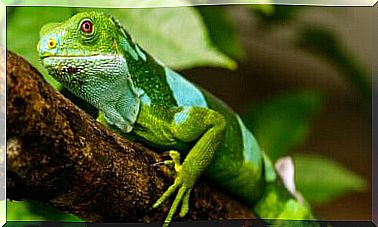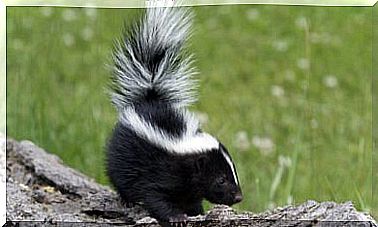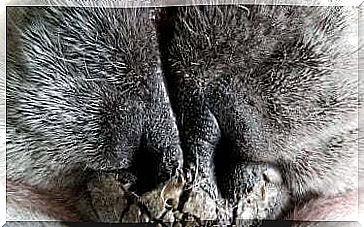5 Toothless Animals

The vast majority of species in the animal kingdom have one element with which to chew their food, namely their teeth. However, there are some toothless animals that obviously feed in another way. We present them to you in this article.
Toothless animals: what are they?
Xenartri are defined as living beings without teeth, but which feed using other “techniques”, for example with the beak, the tongue or a very long snout. Among the best known examples we mention:
1. Anteater
Vermilinguals (word meaning “worm-shaped tongue”) are mammals native to South America, which have a long snout and a sticky tongue with which they catch food : ants and, to a lesser extent, termites.
Anteaters (photo that opens this article) are toothless, but this does not prevent them from ingesting food. First they sniff the trees and piles of earth, then they dig with their strong claws and finally they poke their snouts into the anthill.
2. Earthworm
It is another of the toothless animals and famous inhabitant of our gardens, although not many people know that, in order to feed, this animal’s mouth turns into a vacuum cleaner that sucks up the organic remains of the earth.

The most curious aspect is that the earthworm can consume up to 90% of its body weight every day… how much it would eat if it had teeth! Its effectiveness and its voracity are due to its digestive system consisting of mouth, pharynx, esophagus, gizzard and a long intestine.
3. Pelican
Although no bird has teeth, we chose the pelican because of its ability to swallow very large and whole fish. Its long beak and throat sac (the characteristic elastic part that hangs from the beak) allow it to capture prey and then eliminate water.
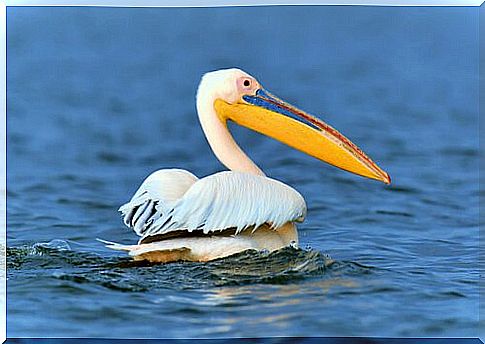
This seabird also feeds on amphibians, turtles and crustaceans and uses the same technique for all that it uses for fish: it opens its beak, fills it with plenty of water as if it were a container and then “filters” it until it remains alone the trapped prey. Then he throws it in the air and swallows it with his head down. A true spectacle of nature!
4. Turtle
Tortoises belong to the reptile family, although they are also related to birds (they are distantly familiar, in fact they are both descended from dinosaurs), and like these they have no teeth, but a horny beak that covers the jaw.
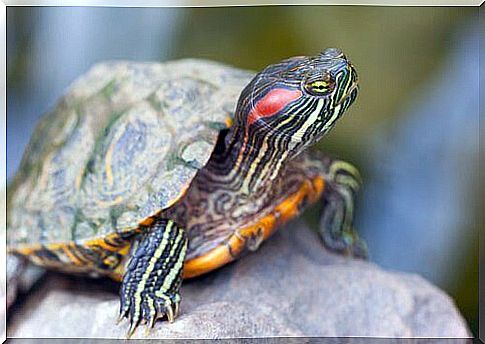
Turtles, however, in the past had teeth. Evolution has deprived them of this element and they have had to get used to chewing food with their beak or swallowing their prey whole.
5. Macaw
Another of the toothless animals is the macaw, which belongs to the group of birds and which attracts attention for its colorful plumage, but also for its ability to consume large quantities of fruit and seeds despite having no teeth.
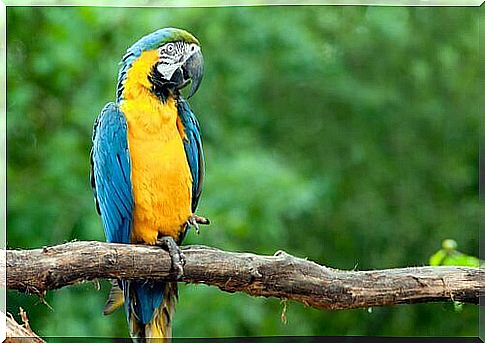
The macaw has a hook-shaped beak, a little less pronounced than the birds of prey, which allows it to take food. If the seed or fruit is very large (for example, a coconut), it breaks them against a branch or a stone.



